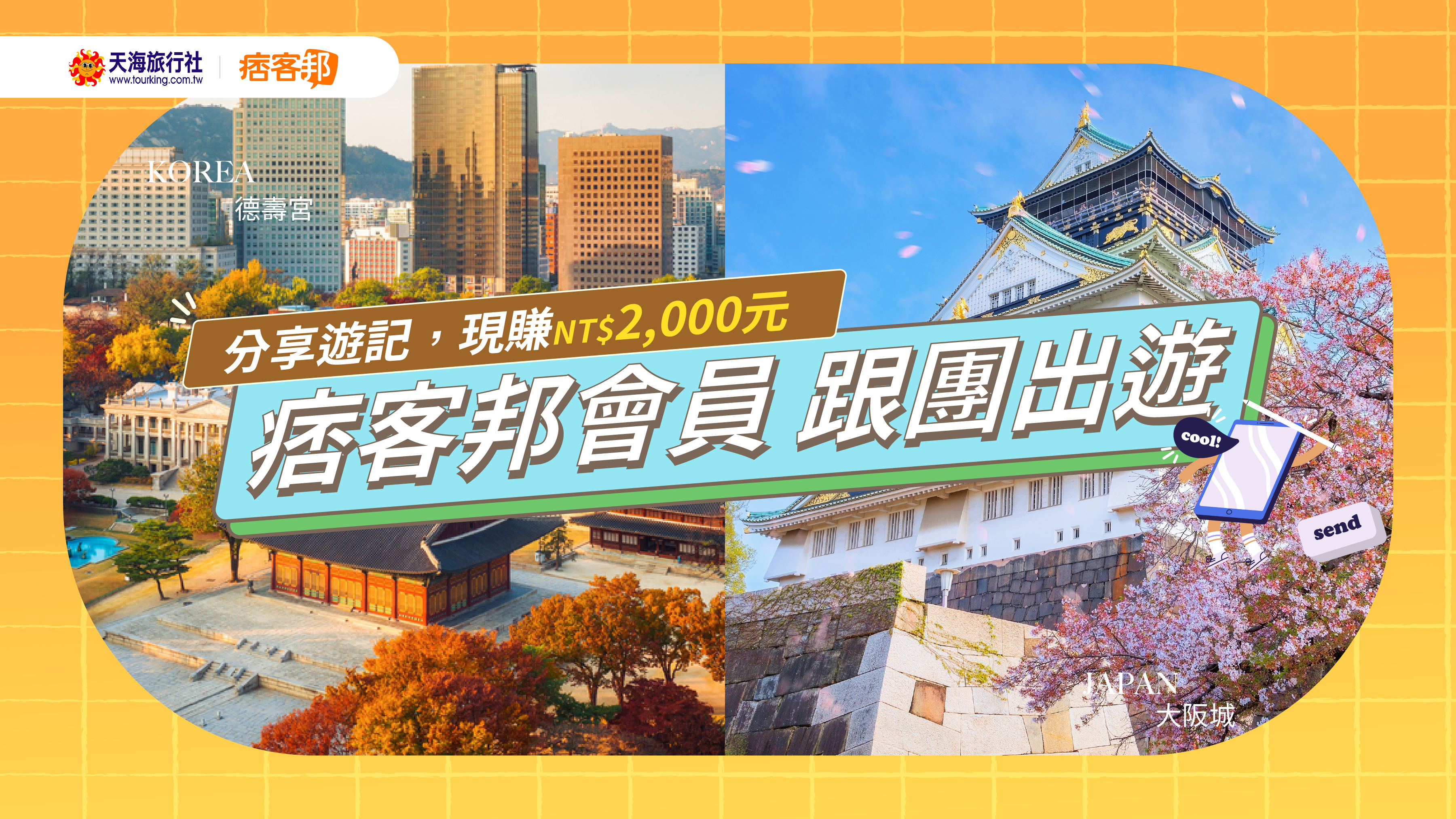The Ancient Country Dian and the Bronze Sculptures
The foremost discovery in recent years was the excavation of the Yangfutou tombs in Kunming with about 40,000 square-meter area. From the year 1998 to 1999, the experts carried out the excavations of 524 tombs between the Eastern Han Dynasty and Western Han with more than 4,000 pieces of cultural relics. Without an exception, the tombs were vertical earthen pit tombs, divided into large, medium and small types. In the large and medium-sized tombs more buried with a coffin in a chamber. A large number of bronze sculpture were found there. There were five burial forms, namely multi-burial, dismembered burial, stacking burial, straight body lying in the coffin and twisted body leaning to one side. There was also the phenomenon of human sati in the large tombs. For example, in M 113 detected human sacrifice of skulls. The general number of funerary objects were one to sixty pieces while the most maximum was 391 (sets). Some were buried in a hierarchic chamber with one level or two or four levels. The funeral objects took the bronze sculptures as priority, followed by pottery and painted wooden device, as well as a small amount of gold, silver, jade. The categories consisted of weapons, production tools, textile tools, appliances, musical instruments and so on. The appearance of pottery and well-preserved lacquered woods were seldom seen in the other tombs. The lacquered devices embraced various wooden handles of the weapons, wood carvings which were characterized by shaping in the form of human or animal head. In short, the Yangfutou tombs were counted as one of the most significant discoveries recently in the Dian and the relics were of a high scientific value. Plus, it was named as one of the top ten archaeological discoveries in 2000.



